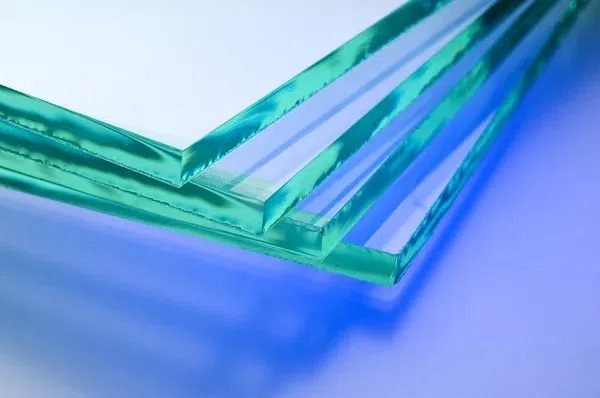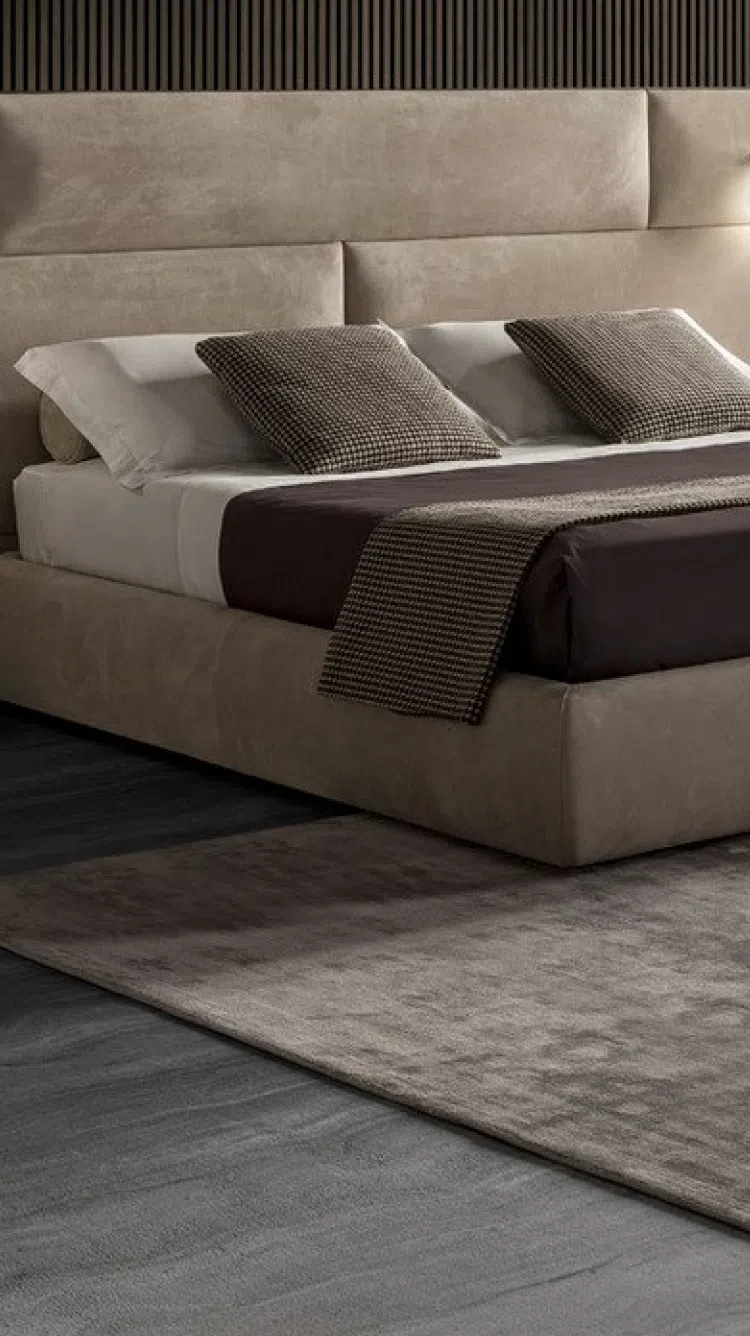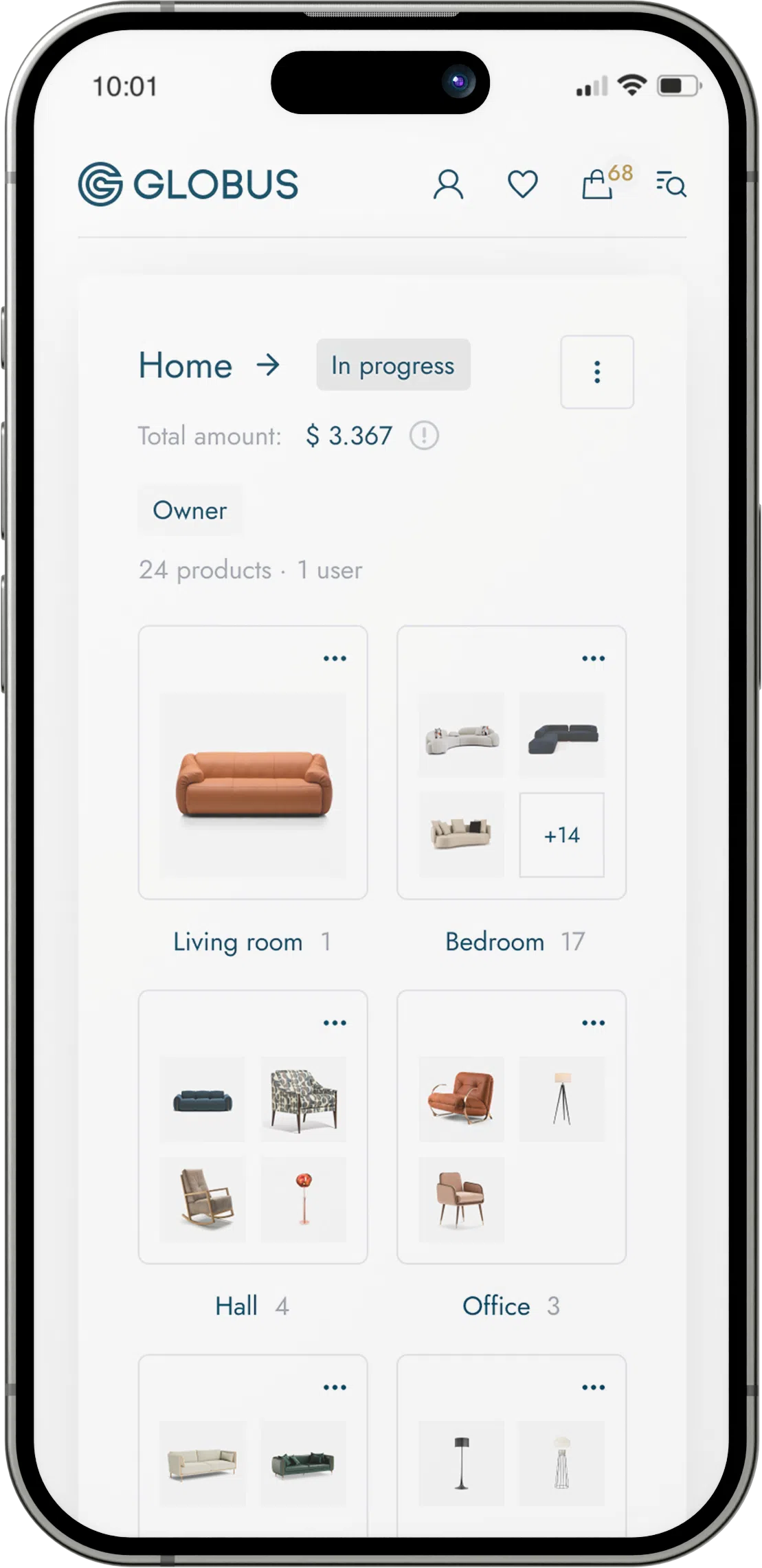
Glass is a highly versatile material that is frequently used in the production of furniture due to its aesthetic and functional properties.
Characteristics:
Translucency: One of glass's distinguishing properties is its translucency, which can range from completely transparent to various levels of opacity, depending on treatment or additives. This can create a sense of openness and light in a space.
Strength and Durability: Advances in glass technology have produced tempered and laminated glasses that are much stronger and more durable than traditional glass. These treatments make glass resistant to impact and more suitable for heavy-use surfaces such as tabletops.
Maintenance: Glass is relatively easy to clean and maintain. It is resistant to most liquids and does not stain easily. However, it does show fingerprints and can be prone to scratches if not cared for properly.
Aesthetics: With its sleek and modern appearance, glass can complement many design styles. It adds a visual lightness to furniture, which can be especially advantageous in smaller spaces.
Versatility: Glass can be shaped, etched, colored, and textured to create various effects. It can also be combined with other materials, such as wood or metal, to produce a wide range of design styles.
Types of Glass Used in Furniture:
Tempered Glass: This is a safety glass that is processed by controlled thermal or chemical treatments to increase its strength. When broken, it shatters into small granular chunks instead of jagged shards, reducing the risk of injury.
Laminated Glass: This consists of two or more layers of glass bonded together with an interlayer, typically made of polyvinyl butyral (PVB). This type of glass holds together when shattered and is often used in applications where security and safety are concerns.
Frosted Glass: Created by acid etching or sandblasting, frosted glass has a translucent quality that diffuses light and provides privacy while still allowing light to pass through.
Textured Glass: This includes a variety of patterns and designs imprinted on the glass surface. It can be used for decorative accents or to achieve a certain level of visual obscurity.
Colored Glass: Glass can be tinted in a wide range of colors, either by adding metallic salts during production or by applying colored films. Colored glass can serve a decorative purpose or influence the ambiance of a room by filtering light in various hues.
Considerations for Using Glass in Furniture:
Weight: Glass, particularly thick tempered or laminated varieties, can be heavy. The supporting frame and foundation must be able to bear the weight of the glass.
Safety: Although tempered and laminated glasses are safer options, furniture featuring glass should still be used with care, especially in households with children or pets.
Placement: Care should be taken to place glass furniture away from high-traffic zones to minimize the risk of impact and breakage.
Cost: High-quality glass, especially if custom-designed or treated for strength and safety, can be more expensive than other materials.
Compatibility: It is essential to ensure that the glass is compatible with the overall design and structure of the furniture piece, including how it connects to other materials used in the piece.
In summary, glass is a popular choice for furniture designers and consumers because of its beauty, versatility, and modern appeal. With the right type and treatment, it can be a durable and stunning addition to any furniture piece. However, it requires careful consideration around safety, weight, and cost.


